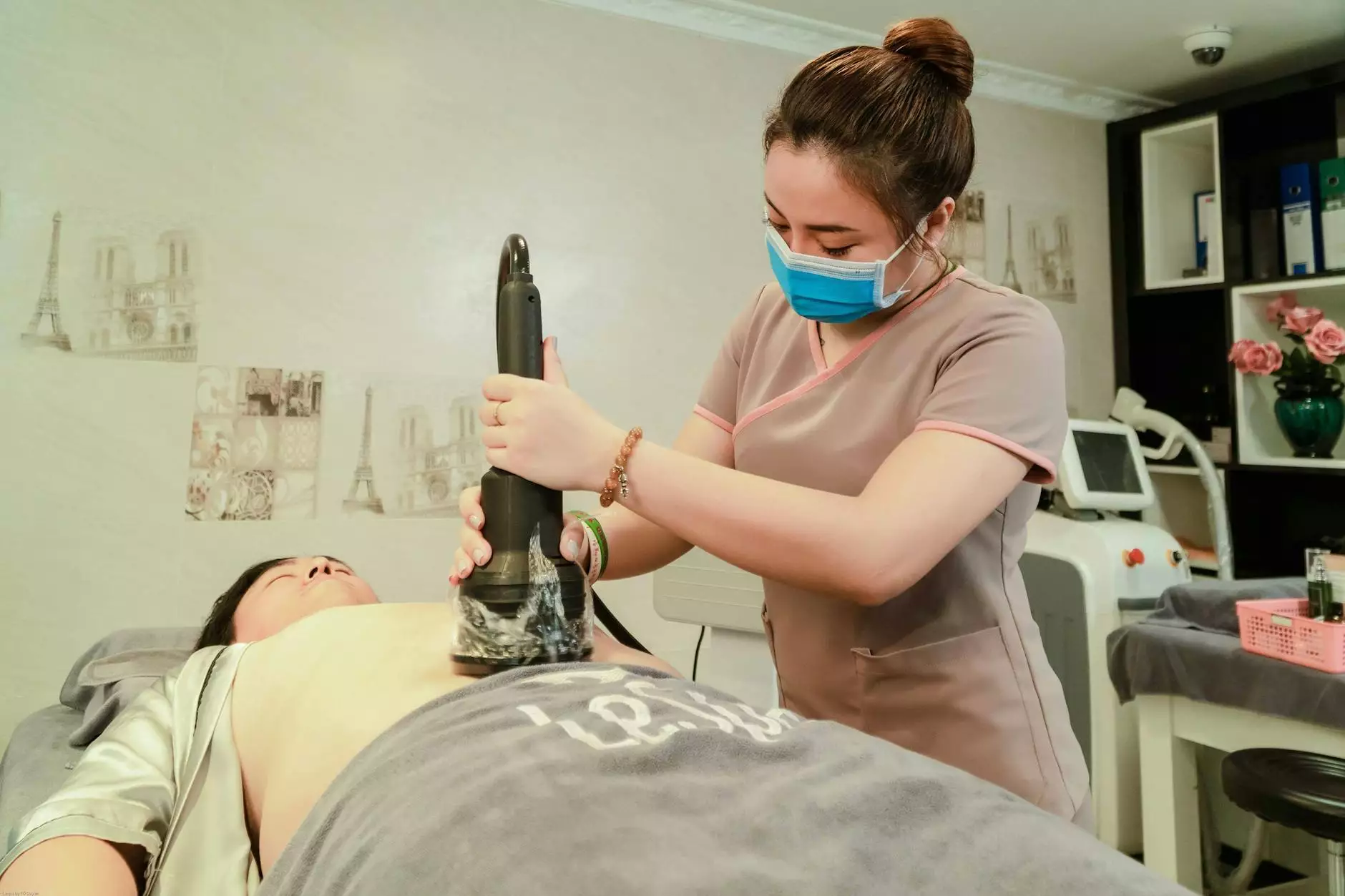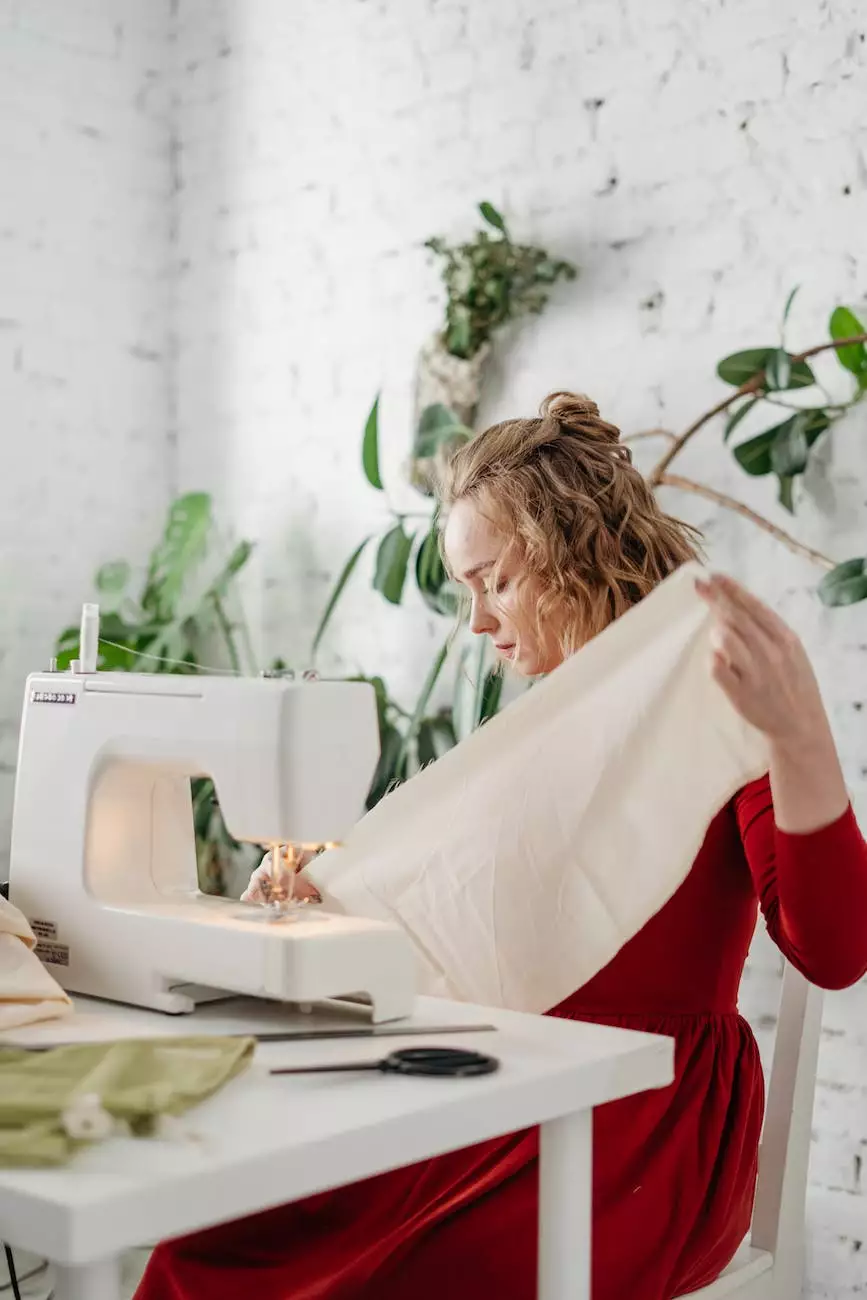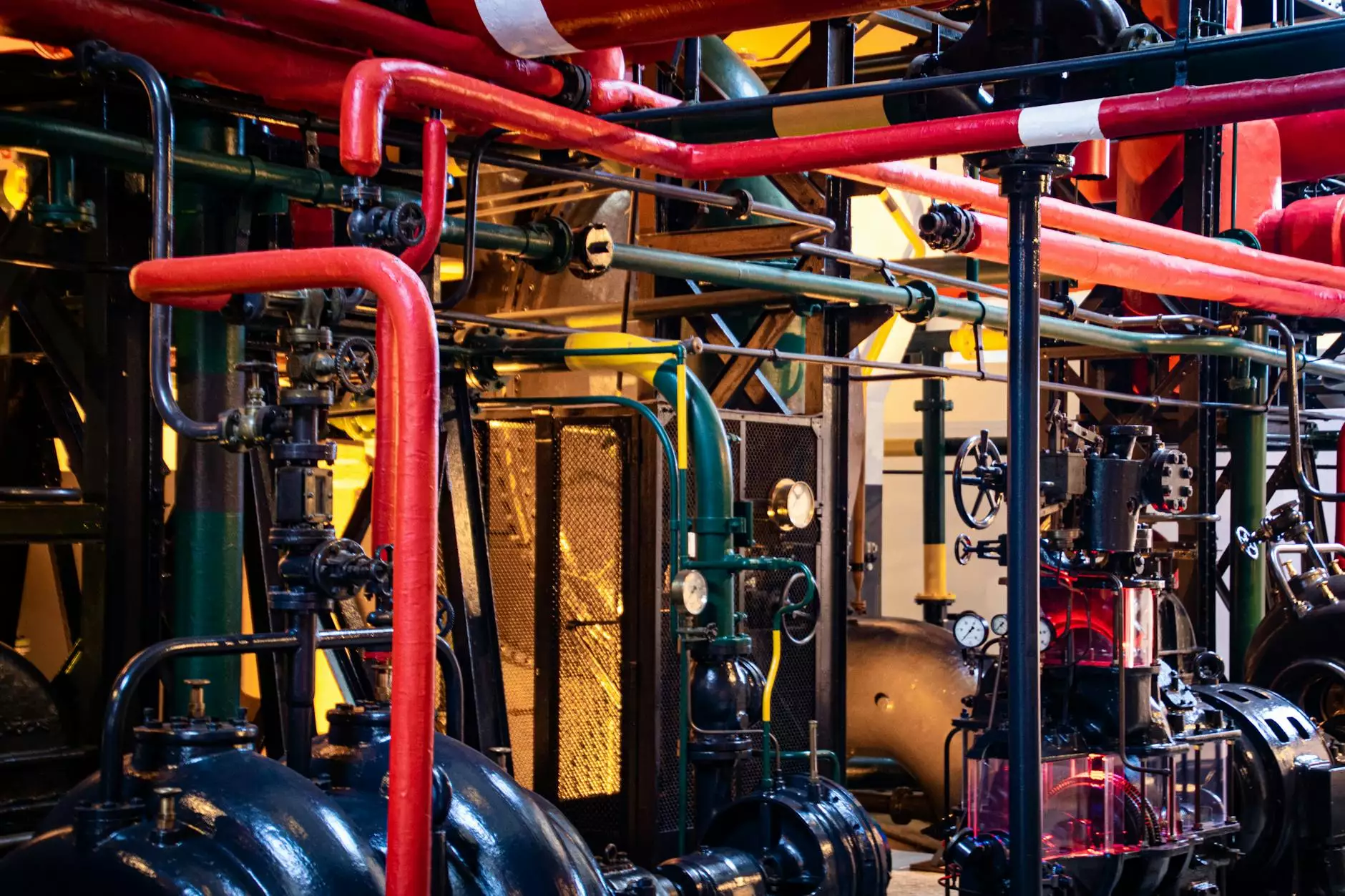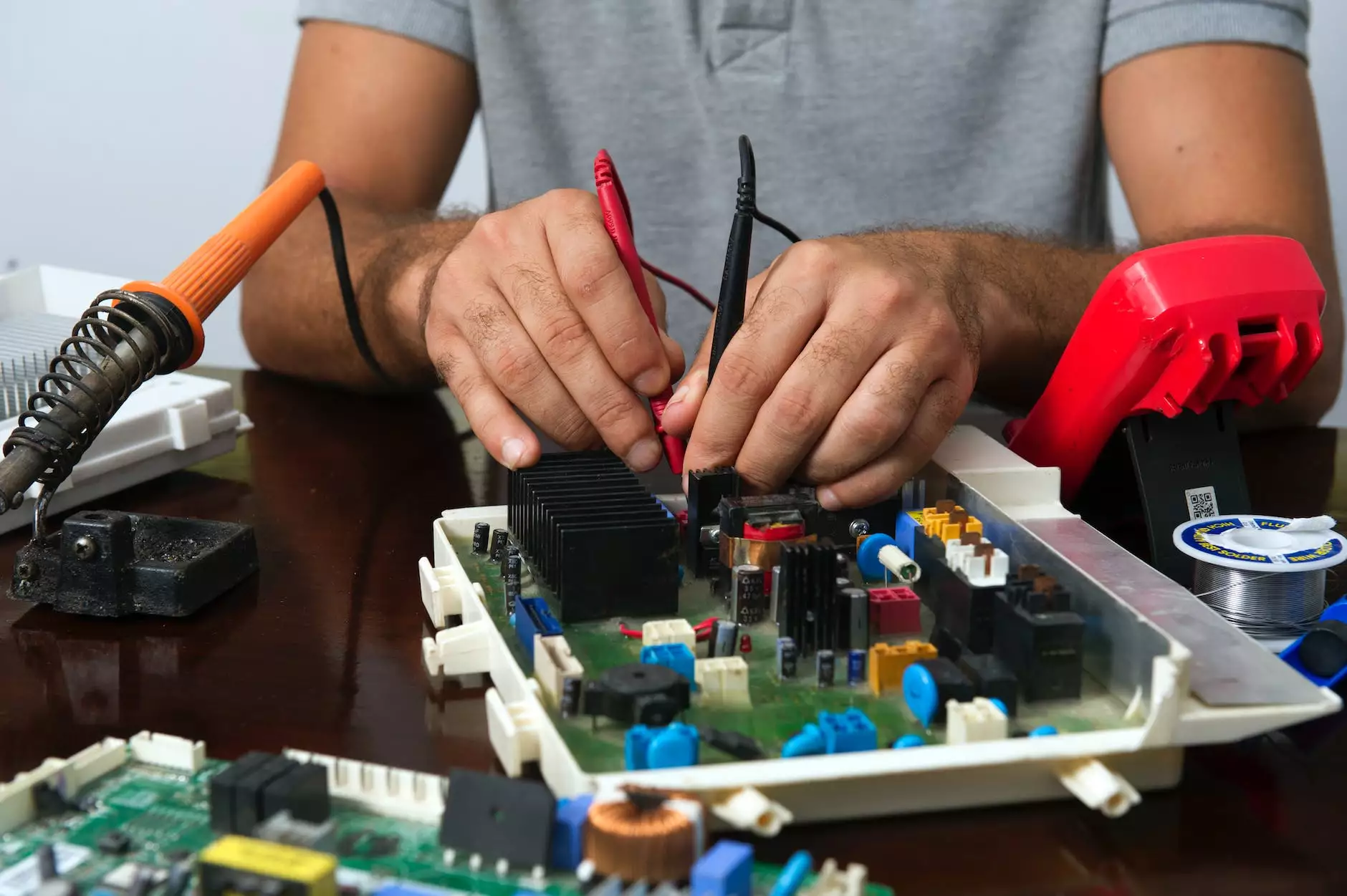Glossary
Blog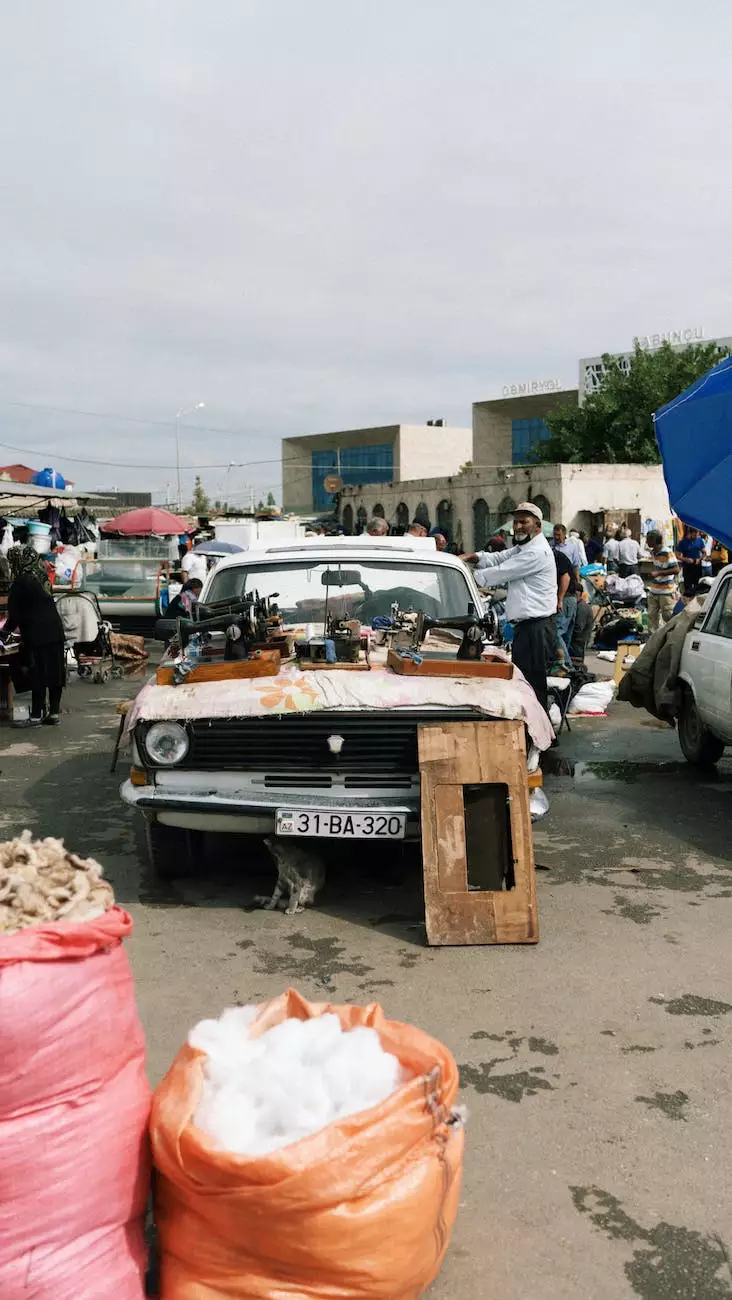
Introduction to Sewing and Vacuum Terms
Welcome to the extensive glossary of sewing and vacuum terms, exclusively provided by Jonesboro Sewing & Vacuum. In this comprehensive guide, we aim to empower you with a deeper understanding of key terminologies relating to sewing and vacuuming.
1. Needles
Needles are prime components of sewing machines used to puncture fabric and thread stitches together. There are various types of needles available for particular sewing tasks, such as ballpoint needles for knit fabrics and sharp needles for woven fabrics.
1.1 Needle Sizes
Needles come in different sizes denoted by numbers. Smaller numbers refer to finer needles, while larger numbers indicate thicker needles. Selecting the right needle size ensures optimal stitch quality and prevents fabric damage.
2. Stitches
Stitches are the foundation of sewing projects. Different stitching techniques produce varying effects and serve specific purposes. Common stitches include straight stitches, zigzag stitches, and decorative stitches, each contributing to the construction and embellishment of garments and textiles.
2.1 Stitch Length and Width
Stitch length refers to the distance between individual stitches, while stitch width determines the lateral movement of the needle during stitching. Adjusting these parameters allows for customization based on fabric thickness and desired stitch appearance.
3. Bobbin
A bobbin is a small spindle that holds the lower thread in sewing machines. It works in conjunction with the needle thread, intertwining to form secure stitches. Understanding bobbin types, loading techniques, and tension adjustments ensures smooth stitching and prevents thread-related issues.
4. Tension
Tension controls the tightness of the thread during the stitching process. Proper tension ensures balanced stitches and prevents thread breakage. Sewing machines feature tension adjustment mechanisms, allowing for precise control based on fabric weight and thread type.
5. Presser Foot
The presser foot is a vital component that holds fabric in place during sewing. Different presser feet are designed for specific sewing tasks, such as straight stitching, buttonholing, or quilting. Understanding their functions and proper usage enhances sewing efficiency and quality.
6. Vacuum Types
When it comes to vacuuming, understanding the different types of vacuums available can greatly impact cleaning performance. Whether it be upright vacuums, canister vacuums, or robotic vacuums, each type possesses unique features suited for specific cleaning needs.
6.1 Bagged vs. Bagless Vacuums
Bagged vacuums collect dirt and debris in disposable bags, while bagless vacuums utilize dirt chambers that can be emptied and reused. Both systems have their advantages, and understanding their differences can assist in selecting the most suitable option for your cleaning preferences.
Conclusion
Congratulations! You've reached the end of our comprehensive sewing and vacuum glossary. We hope this resource has equipped you with valuable knowledge, enabling you to tackle sewing and cleaning tasks with confidence.
Contact Jonesboro Sewing & Vacuum for Expert Assistance
If you have any further questions or require professional guidance with sewing machines, vacuum cleaners, or related accessories, please don't hesitate to reach out to our knowledgeable team at Jonesboro Sewing & Vacuum. We are here to help you make the most out of your sewing and vacuuming endeavors!
